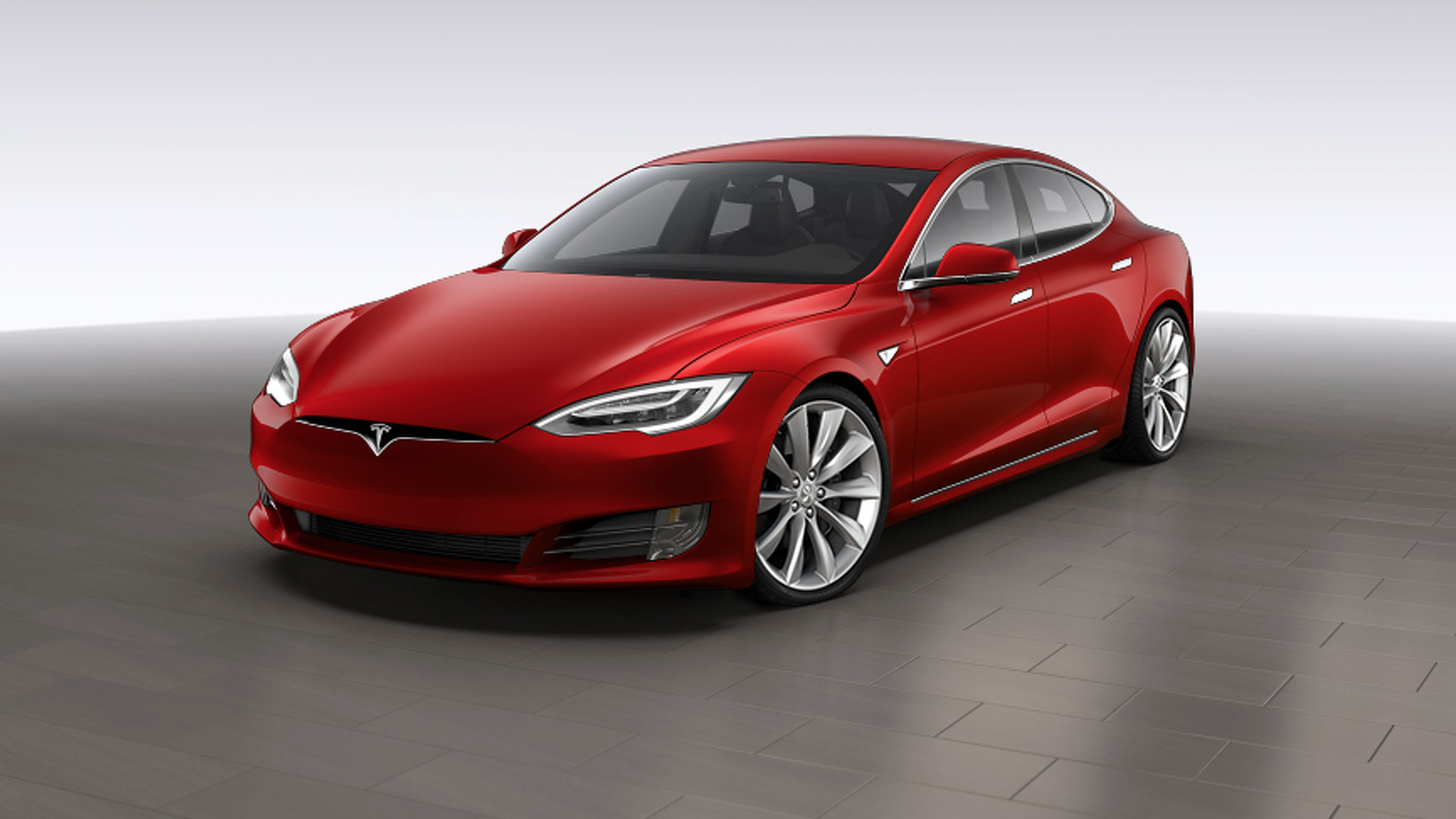

Tesla CEO Elon Musk doesn’t seem to have much of a social life. On Sunday night, he tweeted about upcoming software changes to Tesla’s Autopilot that will improve the system’s Autosteer function.
A software update coming next month includes a new control algorithm that “feels smooth as silk,” Musk tweeted. The update will cover Tesla electric cars with the current-generation hardware package, known as “Hardware 2,” that rolled out in October.
While Hardware 2 includes more sensors than the previous Hardware 1 setup, and Musk has said it could form the basis for fully-autonomous driving, it has taken Tesla several months to bring the accompanying software up to speed. Hardware 2 cars launched without many of the Autopilot features available on the Hardware 1 cars, and the lag in adding them led some disgruntled customers to file a lawsuit against Tesla.
A software update released in March helped the Hardware 2 cars achieve parity with the Hardware 1 cars, adding features like automated lane changing and Summon self-parking to the newer cars. It also raised the speed limit for Autosteer in Hardware 2 cars to 80 miles per hour; Tesla issued another update this month raising that limit to 90 mph.
Musk said the updates left Autosteer feeling “safe, but unpleasant” to drivers, and that this latest update will correct that by smoothing out the automated steering’s responses.
This is another example of how Tesla uses over-the-air software updates to make tweaks that other automakers would probably save for a mid-cycle refresh or redesign. That’s great when the update in question is something customer’s didn’t expect, or addresses customer concerns. But Tesla also took flack from both customers and Consumer Reports for its slow rollout of Autopilot features for the Hardware 2 cars.